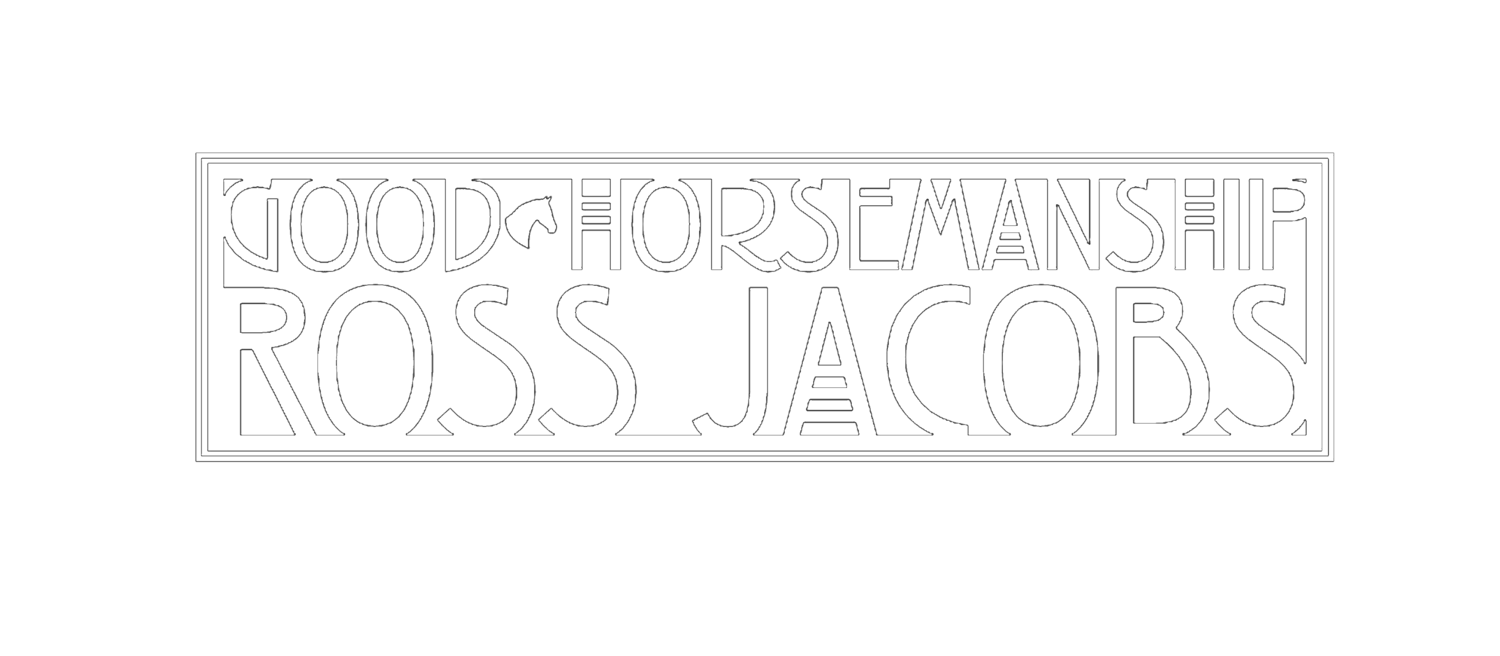At every clinic, I focus on teaching people how to direct their horse’s thoughts. This principle is talked about and practiced ad nauseam in every session. I do this because whatever idea a horse is holding onto determines how it moves, how it feels, its level of softness or resistance, and how well we get along. I don’t believe I have ever seen an exception to this.
This is why what I teach is so hard. It is hard to learn how to change a horse’s idea and what it looks like, and it is also why it is not for most people.
I want to emphasize that a horse is a brain on four legs. The brain determines everything a horse is doing or trying to do. The brain determines how a horse moves and how it feels about that movement. If I apply a feel to suggest we turn left, and the horse thinks to the left, it results in balance, softness, and correctness, and all is right with the world. But if my horse thinks that turning right is a better option, I will probably get my horse to turn left, but the result will probably display some degree of crookedness, resistance, ill feelings, and a lack of balance. It’s that simple.
For a horse to be soft, correct and the best it has to offer, whatever we ask them to do must be their idea.
Some time back I was browsing the internet when I was looking for something particular. By accident I stumbled across separate videos of respected trainers describing how to fix the problem of a horse that was either falling to the inside or drifting to the outside when asked to circle. Each trainer had their preferred exercise for fixing the problem by changing the balance on the inside shoulder or the outside shoulder, changing the bend, or manipulating the hindquarters. They saw the crookedness as a horse’s physical problem. It was explained that the issue could be fixed by the rider adjusting their seat, legs, and reins.
Each trainer emphasised the problem stemmed from a lack of balance of the horse. While it is true that the horss were unbalance, the explanation was that the horse was using its body incorrectly. Not a single mention of the horse’s thoughts not being able to follow the line of the circle. Nobody brought it up. Yet when watching the videos, it was impossible to not see that the horse’s thoughts were focused somewhere other than the line of the circle.
The fault was a mental issue, but the trainers were addressing the physical symptoms rather than the root cause.
I mention this example only because to me it perfectly illustrates the frustration I sometimes feel with training. When I was a young bloke I was taught that for every problem I had with a horse, there was an exercise to fix it. It sometimes became confusing because each instructor had a different exercise. But, nevertheless, I knew these exercises existed because for some rider on some horses at some time, they worked.
Please don’t misunderstand that I am arguing that exercises are a problem. I use them. We all use them. We use them to help a horse figure out how to do something or do it better. We use them to build strength, stamina, and balance. They are important.
But my concern is that most people use exercises to fix the horse’s body. While that’s great for developing strength and stamina, it is not going to be the most effective approach when teaching a horse to work with us.
It is only by changing a horse’s thoughts that a horse learns. If my horse is not able to follow the line of a circle correctly while walking, it is not because it is weaker on one side. It is because its focus is not on the line of the circle. My horse is arranging its body to take it somewhere else. If you don’t believe me, start to walk a circle and when you feel a little crookedness sneak in let go of all the aids, and ride in a neutral position. See where the horse drifts to. Does it continue on the circle or does it leave the circle?
By all means, apply the exercises and riding position your instructor is suggesting. However, remember that success is only measured by the effectiveness in changing your horse’s thoughts and not whether your horse engages its inside leg for a few strides while still with its primary focus on something else.
Without the change of thought, there is no learning, just mindless training and drilling.
At a clinic, notice that Maggie is thinking to the left as I initiate her to turn to the left. A change in a horse's thoughts should always precede a change in its feet.

